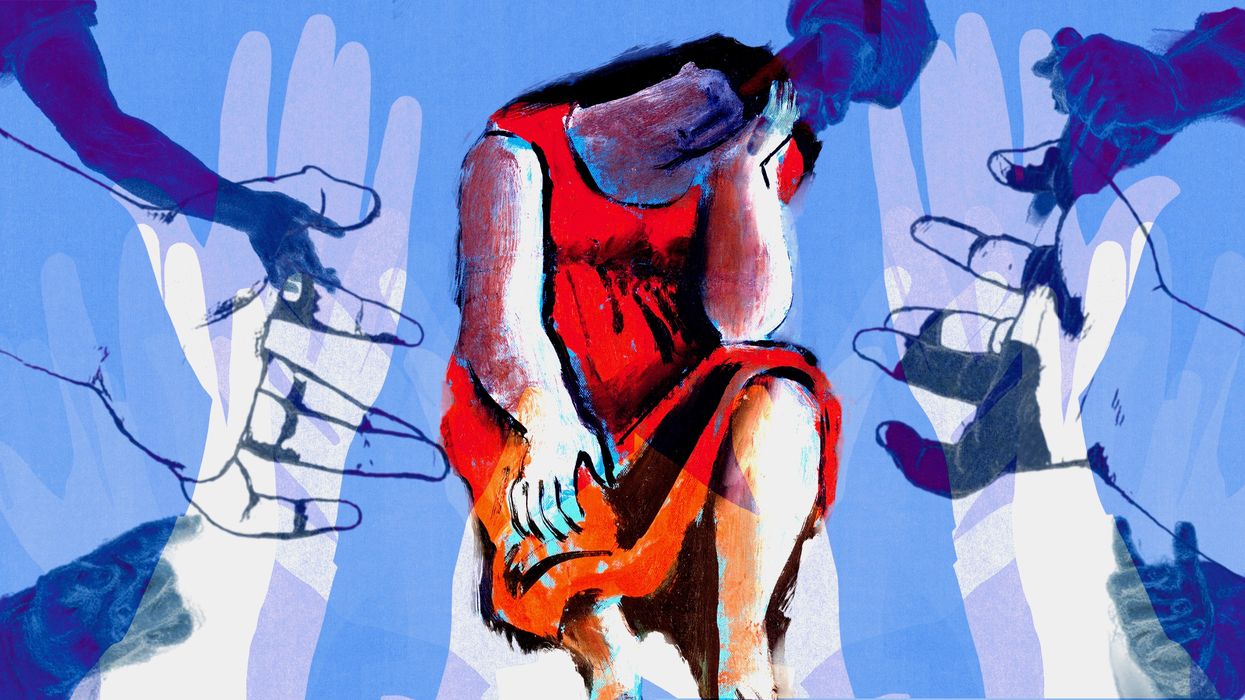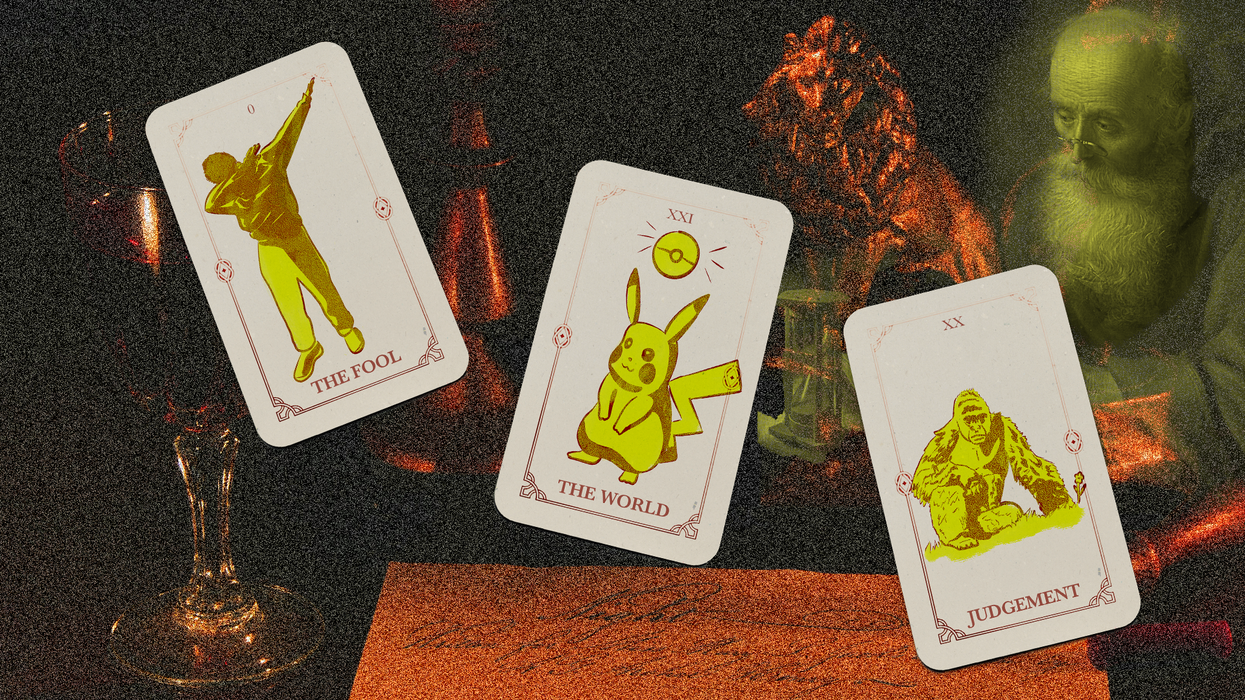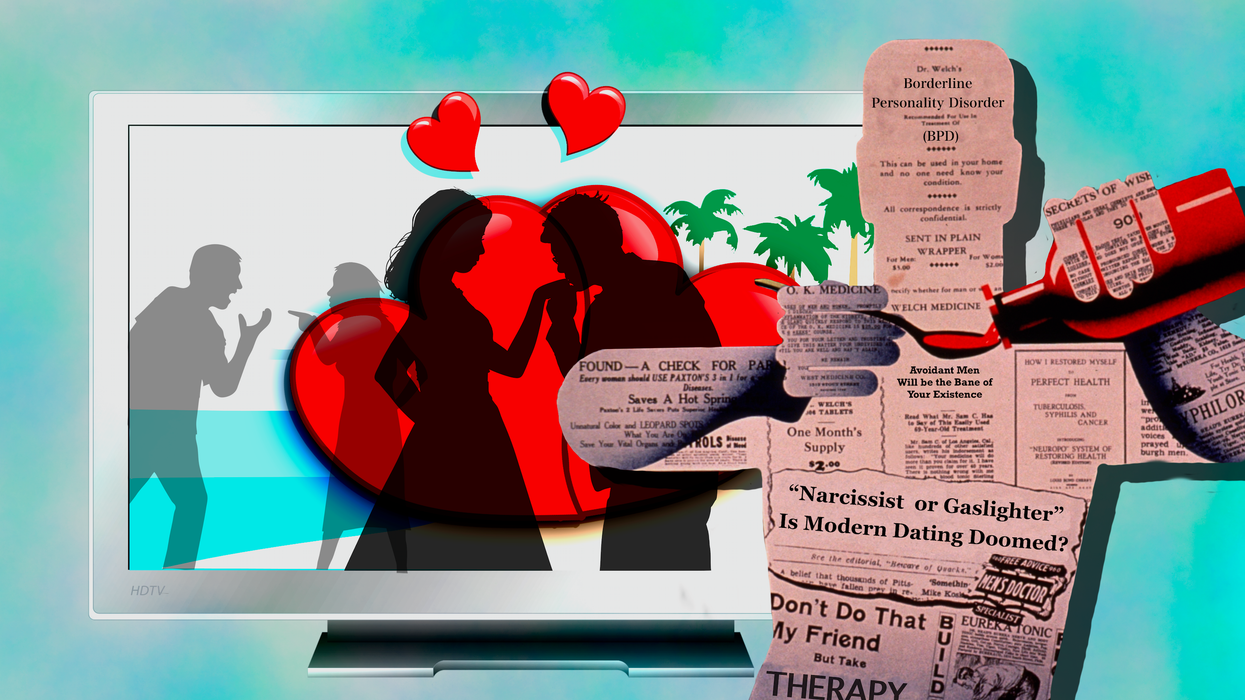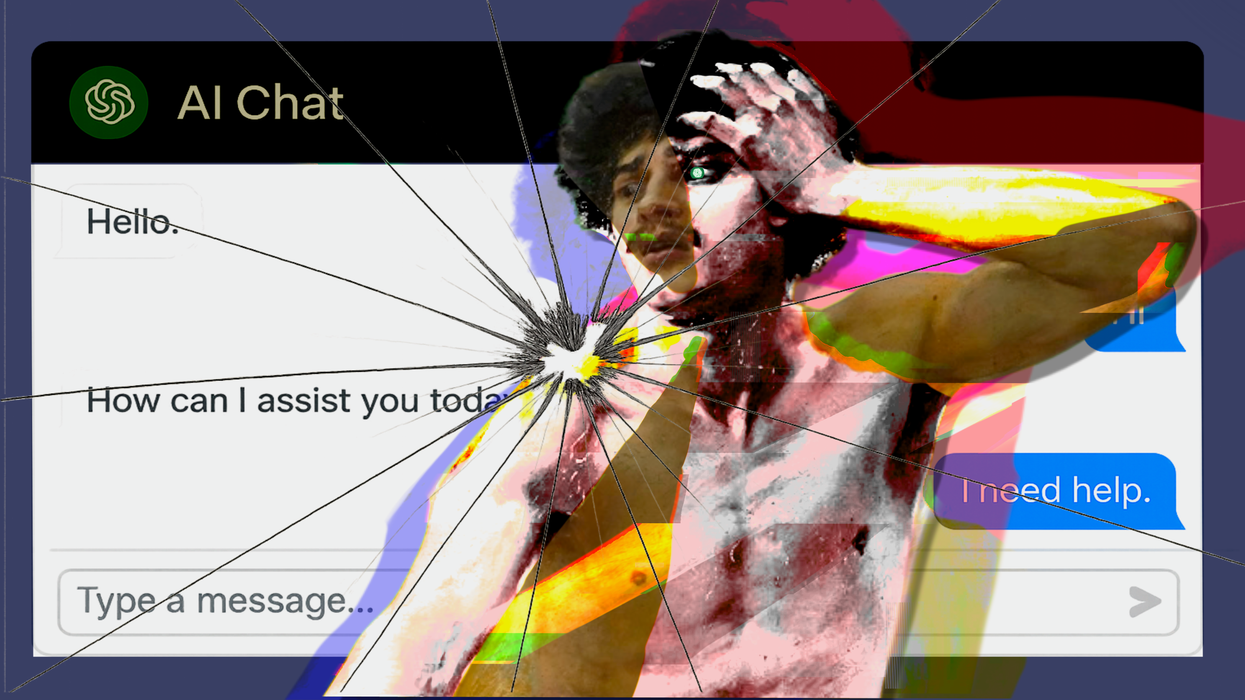There are countless ways to cope with anxiety. Some people journal, others meditate, and many practice deep breathing exercises in search of peace. But what if the thing that helps quiet your racing thoughts isn’t a weighted blanket or a mindfulness app? What if it’s ropes, restraints, and, sometimes, a whip?
It might sound counterintuitive, but for some submissives, BDSM and intentionally mimicking moments of surrender may help soothe anxiety. When control is consensually handed over to a trusted dominant who honors clear boundaries, stepping into a carefully negotiated scene can potentially create a surprising sense of calm or even offer a way to confront preexisting anxieties. And with the use of safewords, participants can start, stop, or adjust the scene at any moment, creating a structure where vulnerability is supported by control, says sex and intimacy coach Annette Benedetti.
“Oftentimes, anxiety stems from an intense situation that you cannot get control over, and you end up in that spiral, where your anxiety grows and grows,” the Talk Sex With Annette host says. “But engaging in BDSM actually gives you the ability to feel control in a high-intensity situation, and for people with anxiety, that can be incredibly empowering.”
As Lisa Finn, a sex educator with Good Vibrations and Babeland, explains, BDSM is just about “the illusion of control” and can actually “be very caring and nurturing.” Even in scenes that involve intense power exchange, “the most submissive of submissives has turned on the green light for almost everything.” Rooted in the “ability to trust and be vulnerable with a partner, enough to know they’ll listen and stop when I say so,” BDSM is an experience where “the submissive is always still in control.” And that, they add, is where the emotional release often lies.
“For a lot of people, that feeling of being seen and heard is something that can help with anxiety long-term,” Finn says. “It’s an experience where you can be vulnerable, come out safely and still be taken care of.”
There are three main categories of BDSM: the exchange of control (bondage and discipline), authority (dominance and submission) and sensation (sadomasochism). As clinical and forensic social worker Dr. Stefani Goerlich explains, bondage can apply “a comforting pressure when somebody is overwhelmed.” The exchange of authority, on the other hand, may benefit people who deal with choice paralysis or certain forms of obsessive thinking “by allowing them to outsource some of the decision-making that causes them to feel overwhelmed” and “reduce emotional bandwidth and overall stress levels.” And when it comes to the exchange of sensation, activities like impact play can evoke a physiological reaction in the body, which “can feel cathartic for the person experiencing it.”
Each offers a different way of potentially dealing with anxiety. Finn compares bondage to a weighted blanket, saying it mimics “the sensation of being held.” When more involved techniques like rope bondage are used, there’s also “a lot of intentional touch” and focused attention on “areas of the body other than the genitals.” And combined with the surrender of control and being restrained in a way that limits your normal movement, this experience can “feel like a release for a lot of people.”
Meanwhile, sensation-based practices like impact play can help submissives stay grounded in the moment. Benedetti notes, “We often leave our bodies and get up in our heads when we’re experiencing an anxiety attack.”
“A lot of what happens through impact play is that it helps you reground back into your body,” she says. “And you can take those tools that you’re using within a scene — like deep breathing when you’re focusing on the pain — and use them when you start to experience anxiety outside of a scene.”
Not only that, but painful stimuli in a controlled environment can trigger the release of endorphins and endocannabinoids, which are “the body’s natural painkillers and mood boosters,” says Finn. There’s also a surge of high-stress hormones like cortisol, according to Benedetti, which eventually dissipate, leaving behind the “feel-good hormones that bring you down” and ease the body into a “deep state of relaxation.” And when followed by aftercare, like cuddling and words of reassurance, the result can be “a kind of euphoric feeling.”
That said, Good Vibrations staff sexologist Dr. Carol Queen emphasizes the importance of being properly prepared for things like a “sub drop,” an intense emotional or physical low that can occur after the feel-good chemicals wear off. She also stresses the need for education and clear communication before engaging in any kind of play, adding that “you have to figure out where you’re at when stepping into this world.”
They add that not everyone wants to explore dominance and submission, and it’s crucial to check in before assuming those dynamics are on the table. For example, someone might enjoy bondage or impact play without incorporating power exchange. And it’s why everything should be explicitly discussed and agreed upon beforehand, including safewords. talking through comfort levels and safety protocols.
“BDSM and anxiety are both deeply individualized experiences. What works for one person may not work for another,” Dr. Goerlich explains, adding that BDSM as a tool for anxiety is something she would “only consider if the person was already interested in BDSM as a relational/sexual framework, separate and distinct from their mental health needs.”
“Everyone has to take some responsibility for how they’re going to communicate what they want, learn what they want and evaluate whether they’re in a safe place to do all of that,” Dr. Queen adds. “And they also have to know that those things might be extra challenging for someone who struggles with anxiety.”
After all, Dr. Goerlich cautions that any “deliberate play with negative emotions,” such as degradation play, mindfuckery or scenarios designed to simulate high anxiety or potential danger, would probably be “contraindicated for people with anxiety.”
She also stresses that BDSM is “not a substitute for proper therapy for those who need it,” a point Finn echoes.
“It can definitely help some folks with self-awareness and as a coping mechanism, but it’s not going to solve things at the root of the problem,” they say. “It can be really intense and, for some people, it actually might worsen their anxiety. So it really depends on the person, and where they’re at.”


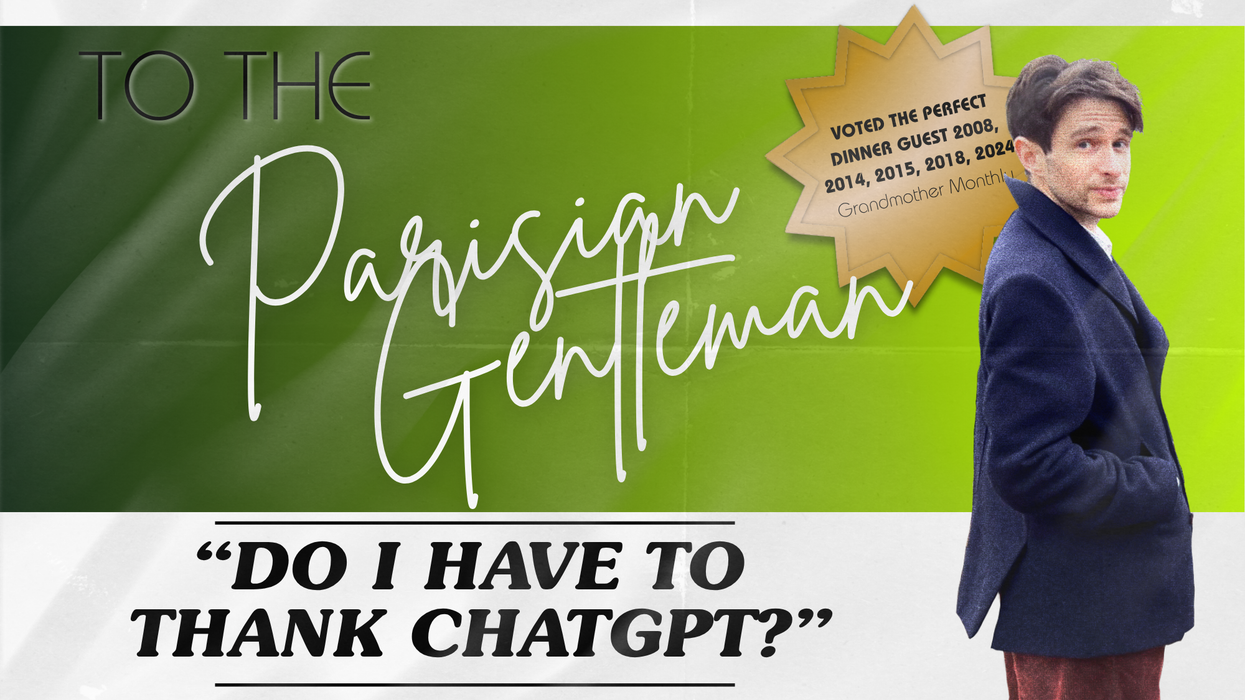

![[10/10] La Chimera: A Dreamlike Descent Into Grief, Memory and Myth](https://vextmagazine.com/media-library/image.png?id=61454821&width=1245&height=700&quality=90&coordinates=0%2C0%2C1%2C0)
